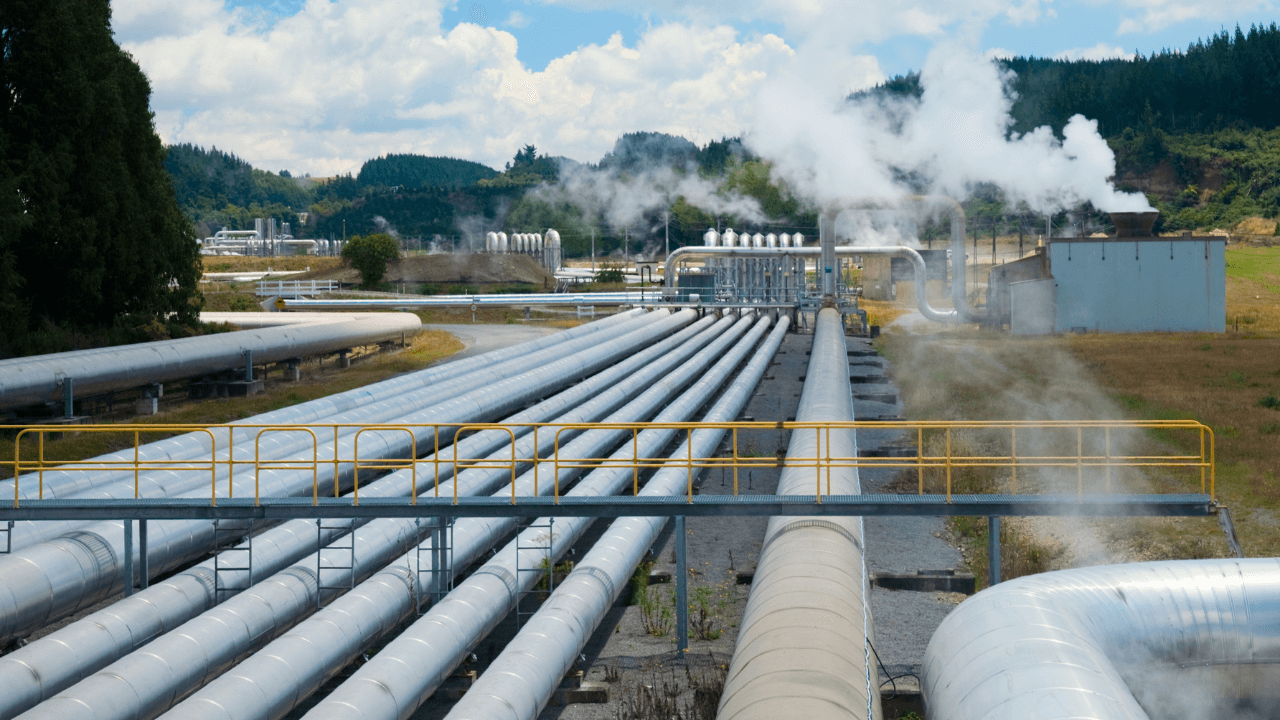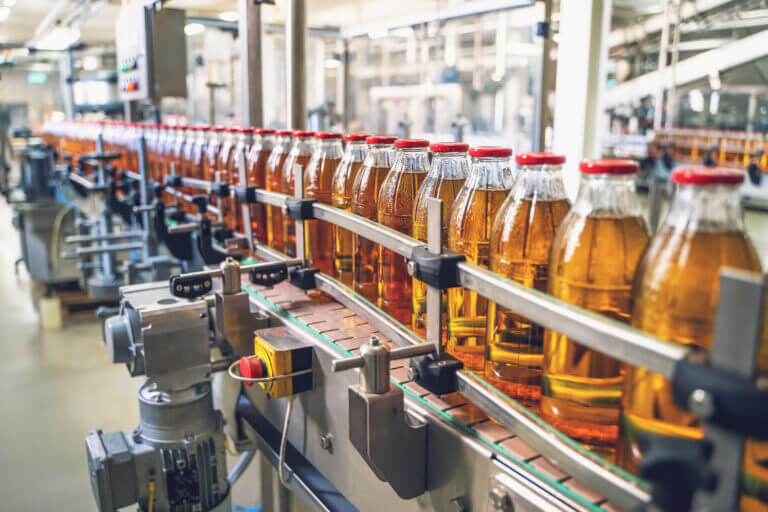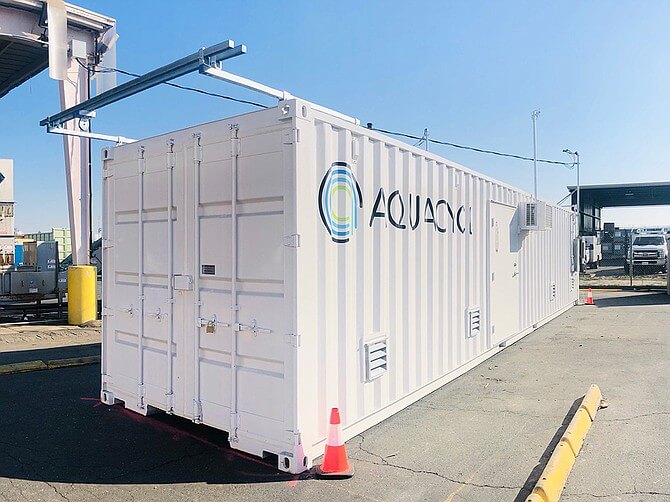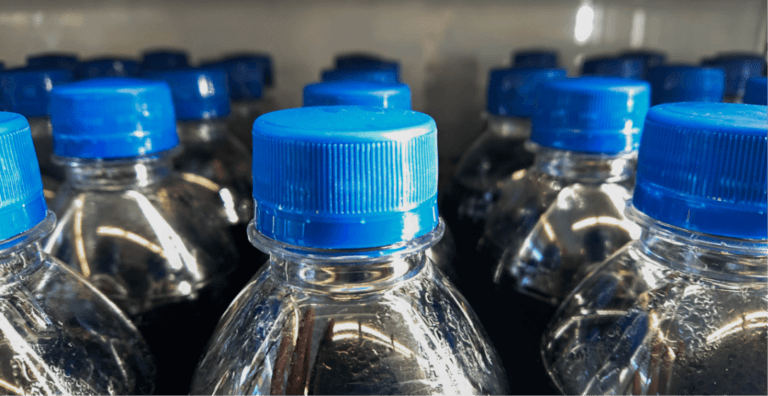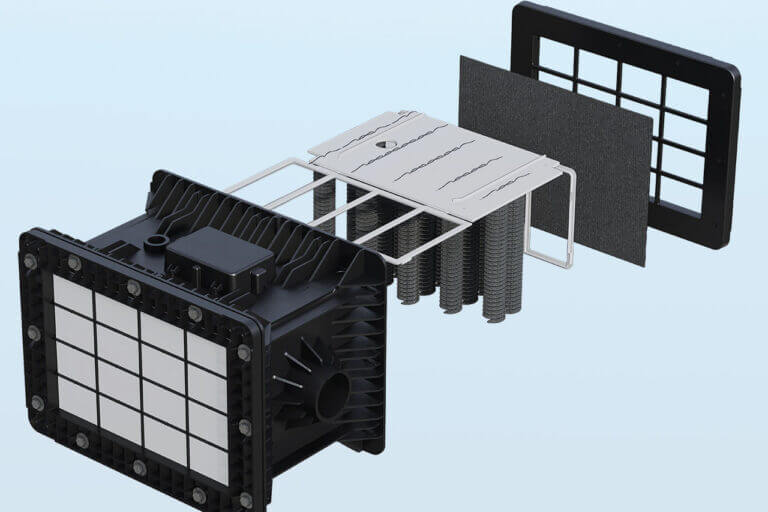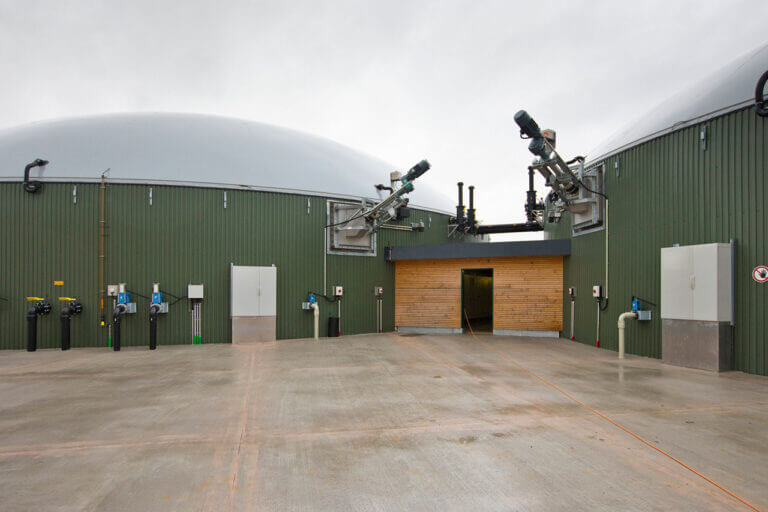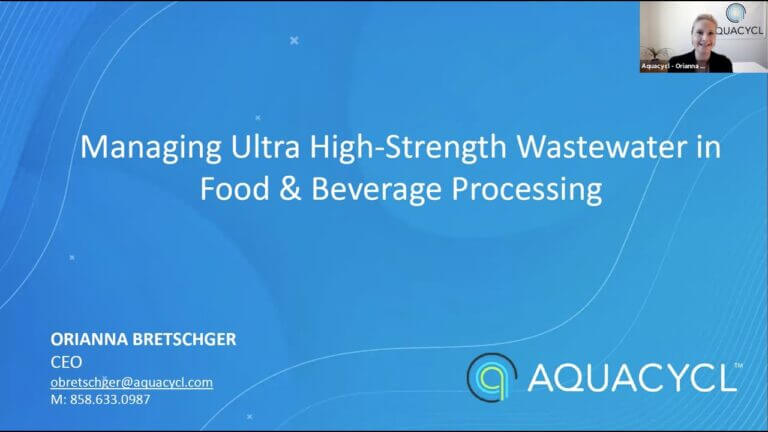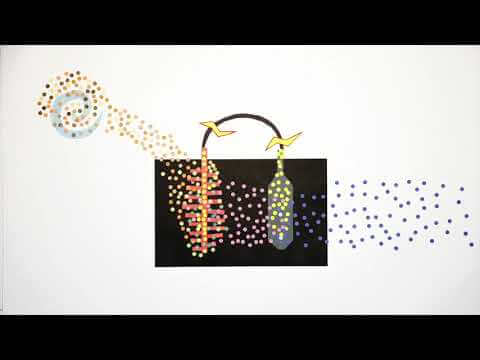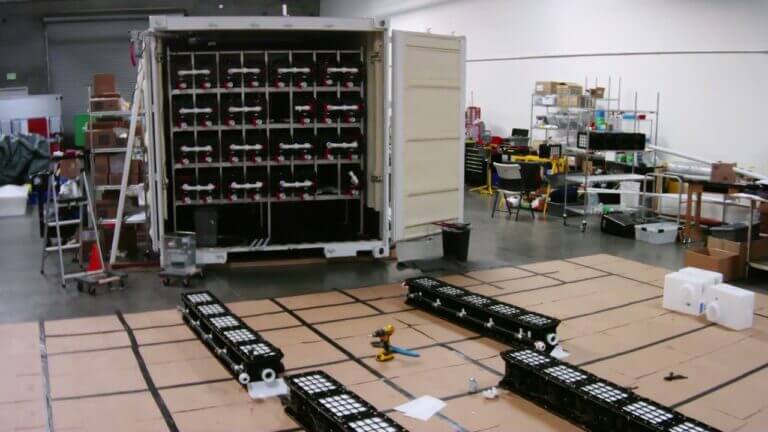Do you have an onsite wastewater treatment system at your facility? Have you taken the time to add up all the costs associated with it? And I mean truly add up every single cost?
It’s a big task—and not a simple one. Unfortunately, many companies don’t realize just how much money they’re spending (or wasting) on treatment.
Many larger companies still overlook wastewater as an area for cost improvements, assuming it’s just a necessary cost of doing business. The reality is that wastewater treatment costs can be a significant and sometimes unpredictable financial burden. If not designed and operated correctly, facilities could be throwing money into a system that isn’t fully effective.
But this means there’s a huge opportunity to uncover savings within your current system—or explore options that could slash new build costs from the start.
So, is onsite wastewater treatment expensive? Yes—but only if you’re using the wrong approach. In this blog, we’ll walk through some hidden costs you may have overlooked and provide a resource to help you identify potential savings for your facility.
Download the Wastewater Cost Assessment Worksheet
Hidden costs of onsite wastewater treatment
Calculating the full cost of running an onsite wastewater treatment system isn’t simple—it requires looking below the surface. Many of the biggest cost drivers aren’t obvious line items on a budget; instead, they stem from inefficiencies, system management challenges, and unexpected expenses. Here’s where costs can spiral out of control:
1. Energy Usage
Energy is one of the largest costs in industrial wastewater treatment due to the high energy demands for removing concentrated organics, especially in systems relying on aeration and membranes. Since energy costs appear on your utility bill, you may not realize that your wastewater treatment system could be a major contributor to those high expenses.
The good news? Newer technologies not only have low energy requirements but can also recover energy to offset costs.
2. Chemical Dosing
Chemical treatment is another major ongoing expense. Because chemical dosing depends on pollutant concentrations and wastewater volumes, getting this right requires constant monitoring and adjustments to ensure effectiveness – which can be burdensome if you have a dynamic production environment.
Many operations rely on chemicals for hydrogen sulfide (H2S) removal, flocculation, coagulation, pH balancing, or other treatment processes. However, overdosing can easily happen to compensate for frequent changes, leading to frequent replenishment and substantial recurring costs.
Some of the latest innovations in wastewater treatment today focus on significantly reducing or eliminating the need for chemicals altogether.
3. Maintenance and Repairs
Older systems can be expensive to maintain and hard to scale with increased production capacity. Frequent breakdowns, reliance on maintenance personnel, and downtime caused by unexpected failures can quickly drive-up costs. Plus, when your wastewater system is taken out for unexpected maintenance, you may need to shut down production, reducing your revenues.
Switching to a low-maintenance, modular wastewater systems can significantly reduce costs—especially if servicing and maintenance are built into the solution (without your team being on demand); and the system has inherent redundancies that prevent complete shutdowns for maintenance or repairs.
4. Labor
Labor is one of the biggest costs not always correctly estimated for onsite wastewater treatment.
Regular maintenance schedules for several types of installed equipment, unexpected discharges from production leading to treatment issues, regular sampling and analysis, troubleshooting IT, mechanical and electrical hiccups, and plant shut-downs (scheduled or unscheduled) are all part of operations, that can consume much more personnel time than anticipated. These labor costs add up—not only financially but also in time taken away from revenue generating activities on the production floor if you don’t have a dedicated wastewater team.
Automation and real-time monitoring wastewater with predictive capacity for automatic adjustments of operational parameters are helping to reduce overall downtime and the intense labor requirements for manual interventions, freeing up resources for more critical tasks.
5. Sludge Management
Many facilities may not realize that their biological wastewater treatment system will produce a significant byproduct: sludge. This waste material requires additional management and disposal on a weekly or even daily basis depending on the type of treatment system.
And unfortunately, sludge removal isn’t always simple. Sludge consistencies depend on upstream operational parameters, and when these parameters change, the sludge will change too. Changes in sludge consistency may require a rebalance of chemicals and/or re-optimization of dewatering methods. If sludge consistencies are not ‘dry’ enough, then the hauling rates may change and the destination for disposal may also change. Further, hauling and disposal of sludge, either to land application or a treatment facility, come with rising costs and environmental risks.
Conventional aeration systems, for example, can produce large amounts of sludge depending on the concentrations of starting BOD—but streamlined anaerobic systems are now available and generate very minimal sludge volumes, even when treating the high BOD industrial wastewaters.
6. Unexpected Hauling Costs
Even facilities with dedicated treatment systems sometimes have to resort to hauling some of their primary wastewater due to production spikes or system failures. These unpredictable costs can add significant expenses to operations, especially in a situation when there is not enough holding capacity for volume spikes, leading to emergency (really expensive) tankering costs.
Hauling also introduces risks. Spills or accidental releases during transposrt can lead to costly cleanup efforts, regulatory fines, PR fallout, and reputational damage.
However, with the right onsite treatment solution, hauling wastewater can be completely eliminated—even if your effluent fluctuates.
7. Surcharges and Fines
When wastewater treatment isn’t meeting the requirements, facilities face penalty costs in the form of industrial surcharges and/or fines. Inefficient treatment can lead to permit violations, starting with financial penalties and potentially escalating to production shutdowns if the necessary requirements are not met within a negotiated time frame.
Additionally, sewer and water rates continue to climb, adding another layer of financial pressure on industrial facilities. Sewer costs now make up approximately 59% of combined monthly water and sewer bills, according to Bluefield Research’s Utility Water Rates Index.
Now more than ever, ensuring your wastewater stays within discharge limits is crucial for controlling overall operational costs. A waste management software can help identify any anomalies in your effluent and track cost-saving opportunities.
So why choose an onsite system despite these financial burdens?
Even with these expenses, onsite wastewater treatment remains the best option for many facilities. Why? Because it’s often the only viable option for treating high-strength wastewater while eliminating the risks of relying on external treatment providers.
When properly designed and optimized, an onsite system can be far more cost-effective in the long run than hauling wastewater offsite or risking unknown escalations from municipal treatment plants that may already be overburdened.
As shown in each cost category above, the key is choosing the right onsite solution. One that can handle your production variations, simplifies your wastewater operations, consumes less energy & chemicals, minimizes downtime events, and eliminates or significantly reduces the need for hauling. That’s where Aquacycl comes in.
Eliminating hidden costs
At Aquacycl, we believe wastewater treatment shouldn’t be a financial burden. That’s why we provide complete solutions that minimize hidden costs and maximize efficiency.
Here’s how our approach helps facilities reduce risk and lower costs associated with wastewater management:
- Low Energy Consumption: Our systems run on approximately 20–60 kWh/day, requiring less energy than a typical household.
- Reduction of Chemical Dosing: We still need to balance pH, but we’ve removed the need for a majority of other chemicals across all our systems, providing chemical-free H2S removal and minimal chemical need for wastewater treatment.
- Minimal Sludge Generation: Our systems produce almost no sludge, requiring removal only once a year (if at all)—with disposal as part of our service contract.
- Automated Systems with Real-time Remote Monitoring: Reduce labor costs and minimize manual oversight while still having all of the performance data at your fingertips.
- Compliance Guarantee: Predictable, fixed monthly pricing with contractual performance requirements ensures no unexpected surcharges or regulatory fines.
And the greatest cost savings? We offer a complete wastewater solution as a service. This means we handle procurement, design, integration, and management of all necessary treatment technologies—so you don’t have to.
Take the first step towards savings
Onsite wastewater treatment costs can be predictable and don’t have to drain your budget. A system that is customized for client needs can significantly reduce expenses while improving compliance and sustainability.
The first step? Uncover your biggest risks and highest costs associated with achieving your treatment goals—all savings opportunities. Download our Wastewater Cost Assessment Worksheet to start identifying opportunities within your facility. And if you’re looking for a smarter, more cost-effective wastewater solution, reach out to Aquacycl today.
Let’s turn wastewater from an expense to an opportunity.


